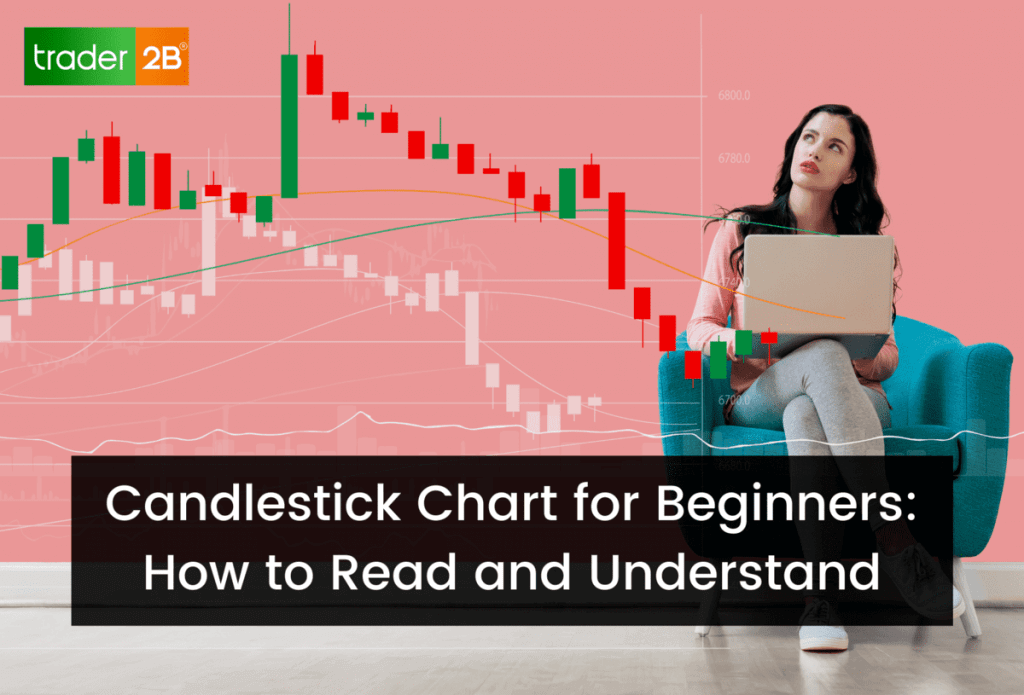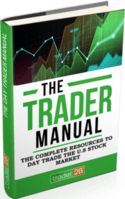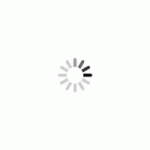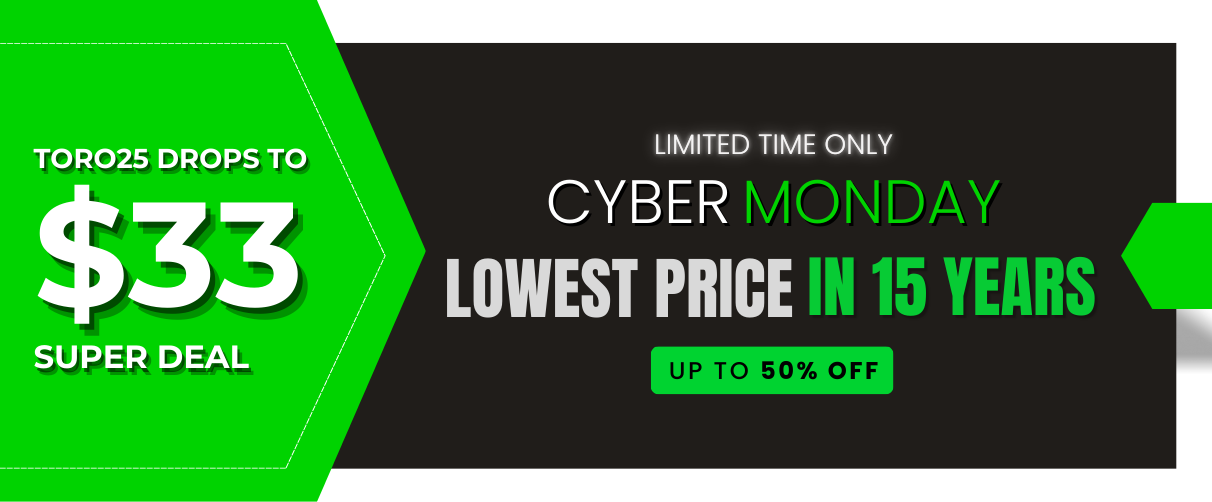Learn how to read and use Candlestick chart as a beginner. Most traders use the Candlestick chart to understand and predict the market. Along with the design, they are easy to read and interpret. It is popular among traders because of the wide range of trading information it offers.
It is a candlestick because its indicators have a body shaped like a candle with a vertical line at the top like a wick. These candles also have a “wick” on the bottom end as well.
Each candlestick chart includes an open, high, low and close price for the time frame.
The trader sets the time frame for each candle. For example, to see various positions over a five – minute period, the trader would set the frame of the candlestick chart to 5 minutes. Every five minutes, the chart creates a new candlestick. These Candlesticks show the current price as they move up or down.
Reading and Interpreting a Candlestick Chart
The basics of reading a candlestick chart is a MUST learn for all aspiring traders. To learn more about candlestick patterns, and price action, check out the Live Education program offered by trader2B.
The Open Price
The open represents the first price traded during the candlestick, indicated by either the top or bottom of the body.
If a price trends up, it has a green candlestick, and downward-trending price candlesticks turn red. The colour changes depending on whether the price sits above, in green, or below, in red during the time frame.
The High Price
The high is the highest price on the candlestick chart. It is a feature by the top of the tail that occurs above the body, called the upper tail. If the open was the highest price during the time frame then there will be no upper tail.
The Low Price
The low shows the lowest price on the candlestick chart. It is a feature by the bottom of the tail that occurs below the body, called the lower tail. If the open was the lowest price during the time frame, then there will be no lower tail.
Read also: How to Become A Successful Proprietary Equity Trader
The Close Price
The close is the last price on the candlestick chart. It is a feature by either the top or bottom of the body. As mentioned earlier, the upward candlesticks show as green, and the downward candlesticks show as red.
The colour indicates whether the closing price or last price if the candlestick hasn’t yet completed, is above or below the open price.
While a candle forms but before it completes, it constantly changes as the price moves. The open stays the same, but until the candle completes, the high, low and close could all change.
The colour may also change while in a candlestick form. It may from green to red, for example, if the current price is above the open price, but then drops below it. When the time frame for the candle ends, the last price is the closing price, and then the candle can no longer change. A new bar forms to show how the price moves over the next time segment.
The Direction
You can see the direction the prices moved during the time frame of the candle, by the colour of the candlestick. If the candlestick is green, then the price closed above where it opened. If the candlestick is red, the price closed below where it opened. These represent upward and downward movements, respectively. Traders often use green and red as common candlestick colours, but you can choose other colours based on your preferences. Other common colours include white or blue for upward movement, and black (on a light background) for downward movement.
The Range
The price difference between the upper and lower tails shows the range the price moved during the time frame of the candlestick chart. The range is a result of subtracting the high from the low. Wide-ranging bars indicate a lot of volatility, while candlesticks with a small range indicate complacency and a lack of volatility.
Reading the Candlestick Chart
You can practice reading candlesticks by opening a demo trading account or play around with candlesticks on free web-based charting platforms. Set the cart type to the candlestick, and then select a 1-minute time frame. This allows you to see a new candlestick every minute, and give you a good idea of how they work.
Learning how to read candlesticks and other chart types can help you learn how to day trade. Once you are comfortable with reading the charts, study other aspects of technical analysis and develop your own trading strategy. You can also learn how to use candlesticks to look for trading opportunities based on candlestick patterns.
Final Words on using a Candlestick Chart
When you are comfortable with the basics of candlesticks, you can edit your candlestick chart settings based on your preferences.
In the settings, you can edit the colours for the open and close price. You may also choose to see the candlesticks as hollow, with only the border of the candle coloured, or have them filled with colour.
No right or wrong way exists to set up a candlestick chart. The chart setups become your personal preferences, based on how you wish to analyze the data and set up your trades.
For advanced education on this topic visit, trader2B’s Live Education program to fast track your understanding of candlestick charts, candlestick patterns, and price action trading.
While your there, check out how to trader2B can help you become a professional trader with a live-funded trading account.





